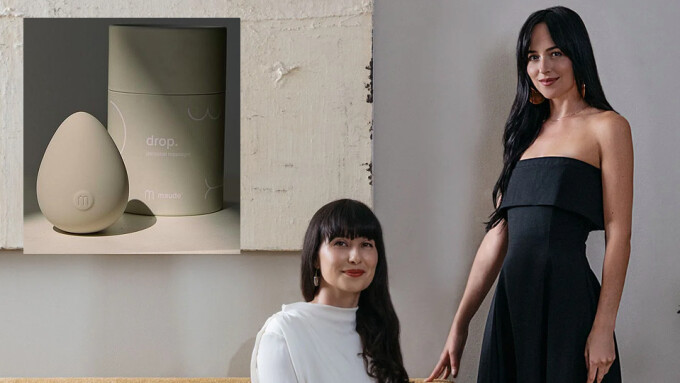NEW YORK — The Wall Street Journal highlighted on Saturday the trend of how the “twee design movement” has expanded into the pleasure products industry.
Art and Design section writer Fiorella Valdesolo explained how “the fact that the new generation of sex toys, from brands like Deia, Maude and Smile Makers, look like design objets has also helped overhaul their image.”
The term “twee” is borrowed from indie music, where it describes the intersection of hipster, girlish and whimsical — think Zooey Deschanel. Valdesolo emphasized how brands with such a design aesthetic had catapulted vibrators into heretofore out-of-bounds mainstream big-box stores.
“Now you can buy one at Bloomingdale’s,” she noted. “Also, Nordstrom and, most recently, Sephora, which began stocking Dame as one of its first pleasure-product brands last month.”
Valdesolo also explained how at-home isolation during the COVID-19 pandemic became a factor in increasing sexual self-exploration.
“In the first year of the pandemic, Maude, the sexual pleasure brand that has actor Dakota Johnson as an investor and co-creative director, had 25,000 pre-orders for its vibrator,” she wrote. “Goop’s premiere vibrator sold out in a day, upon its launch in February 2021; and Jessica Richards, owner of Brooklyn beauty boutique Shen Beauty, hasn’t been able to keep Dame vibrators in stock.”
The article also gives props to “wellness”-branded influencers and girlbosses such as Gwyneth Paltrow, whose “candor on social media and on the popular Netflix show ‘Sex, Love & Goop’ has helped shake off taboos around the topic.”
To read “The Twee Design Movement Has Come for Vibrators,” visit WSJ.com (paywalled).
Main Image: Maude founder and CEO Éva Goicochea and Dakota Johnson.








